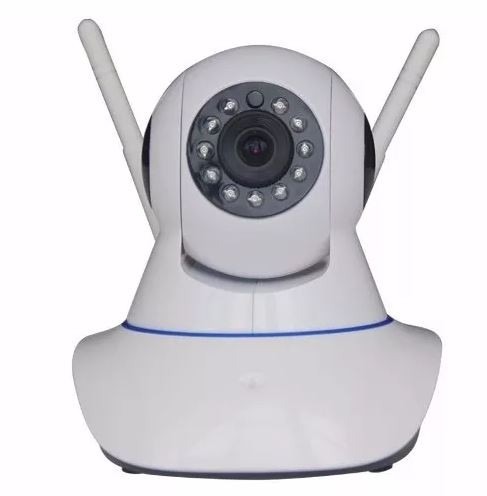

The lowercase letter "p" in 480p stands for progressive, so the two must not be confused. However, standard definition defines a 15.7k Hz horizontal scanrate, which means that interlacing has to be used for those resolution modes. Standard definition has always been a 4:3 aspect ratio with a pixel resolution of 720 × 480 at 60 Hz for NTSC regions, and 720 or 768 × 576 for PAL regions (1024 wide for widescreen displays).

480p was used for many early plasma televisions. The frames are displayed progressively as opposed to interlaced. Since a pixel count must be a whole number, in Wide VGA displays it is generally rounded up to 854 to ensure inclusion of the entire image. The 480 denotes a vertical resolution of 480 pixels, usually with a horizontal resolution of 640 pixels and 4:3 aspect ratio ( 480 × 4⁄ 3 = 640) or a horizontal resolution of 854 or less (848 should be used for mod16 compatibility) pixels for an approximate 16:9 aspect ratio ( 480 × 16⁄ 9 = 853. JSTOR ( April 2009) ( Learn how and when to remove this template message)Ĥ80p is the shorthand name for a family of video display resolutions.Unsourced material may be challenged and removed. Please help improve this article by adding citations to reliable sources.

This article needs additional citations for verification.


 0 kommentar(er)
0 kommentar(er)
